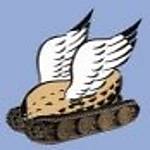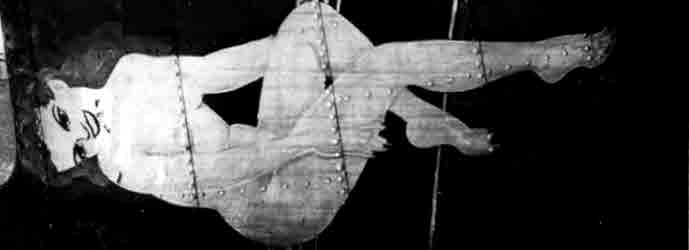These changes resulted in much better performance, absolutely comparable to all best fighter planes of that era (60 km/h faster than Dewoitine D.520).
VG-36 was produced in only one prototype example, which was unarmed.
During the German offensive it was moved to Société des Avions René Couzinet in Levallois-Perret (it was planned to produce this type of aircraft in that factory), where she was destroyed.
One of the most beautiful fighters of the WW2 period, unfortunately did not get it's chance in 1940...
Azur's kit entered the production in 2000, was refreshed in 2010 – and that’s the boxing I have. Typical standard for this period and the brand: a bit “soapy” injection molded parts, much nicer resin, vacuum formed canopy.
There are many challenges throughout the building process. Wheel wells (resin castings are much shallower, 2-3 mm, than their corresponding recess in the hull, which would result with a step in the wells), exhaust stacks (must be installed individually and at a correct angle, which requires a lot of patience), fit of the wings to fuselage, horizontal stabilizers have the wrong shape, fit of the inter-cooler housing to the fuselage, fit of the canopy (the main problem is that what we get in the box is a VG.33’s fuselage and VG.36’s canopy, which doesn’t fit at all), and many many other problems, but this is the fun part of our hobby, isn't it?
Not everything went as good as I wanted, but overall I think that the aircraft itself is that pretty, that it deserved the effort.
Hope you like it

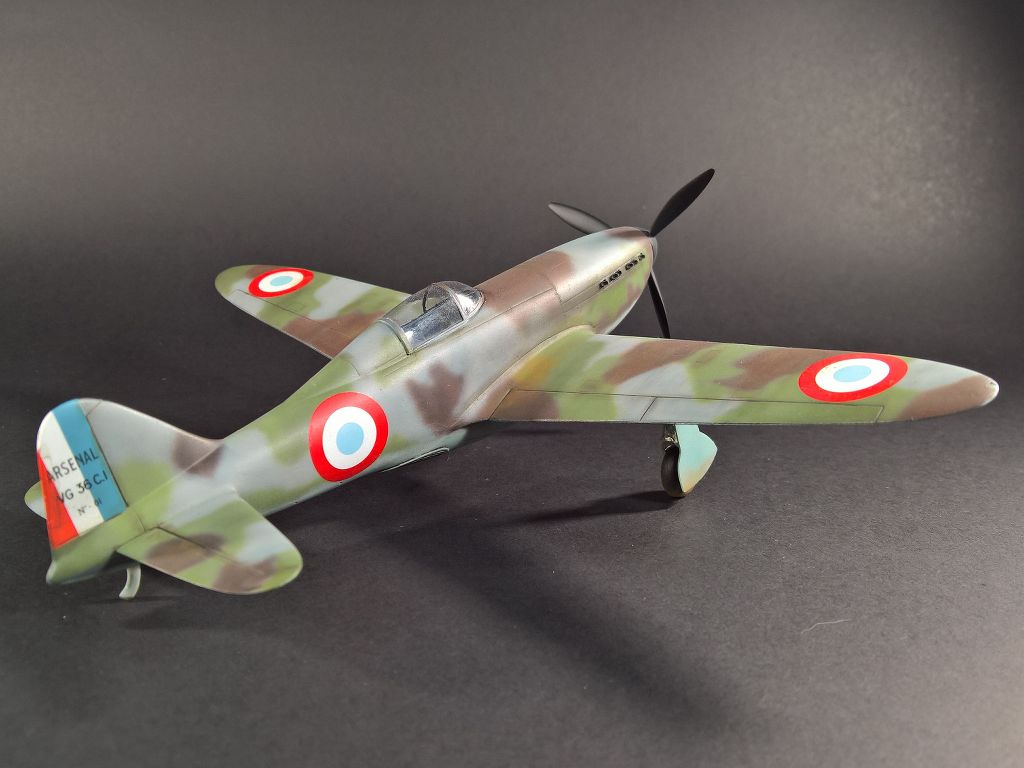
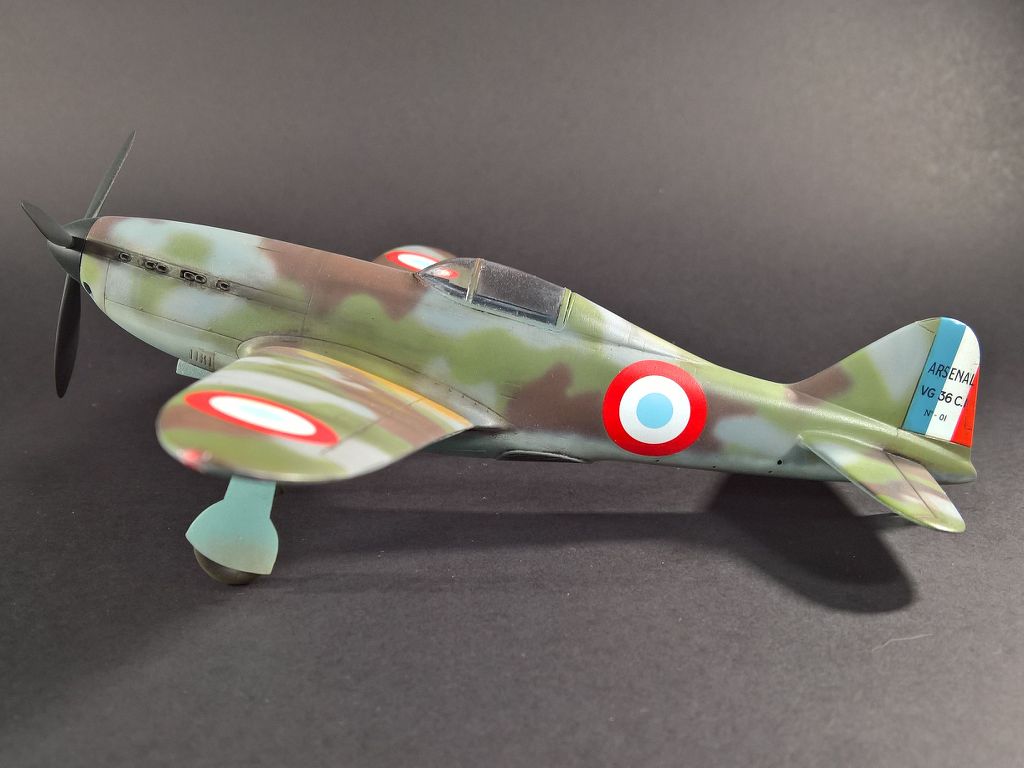
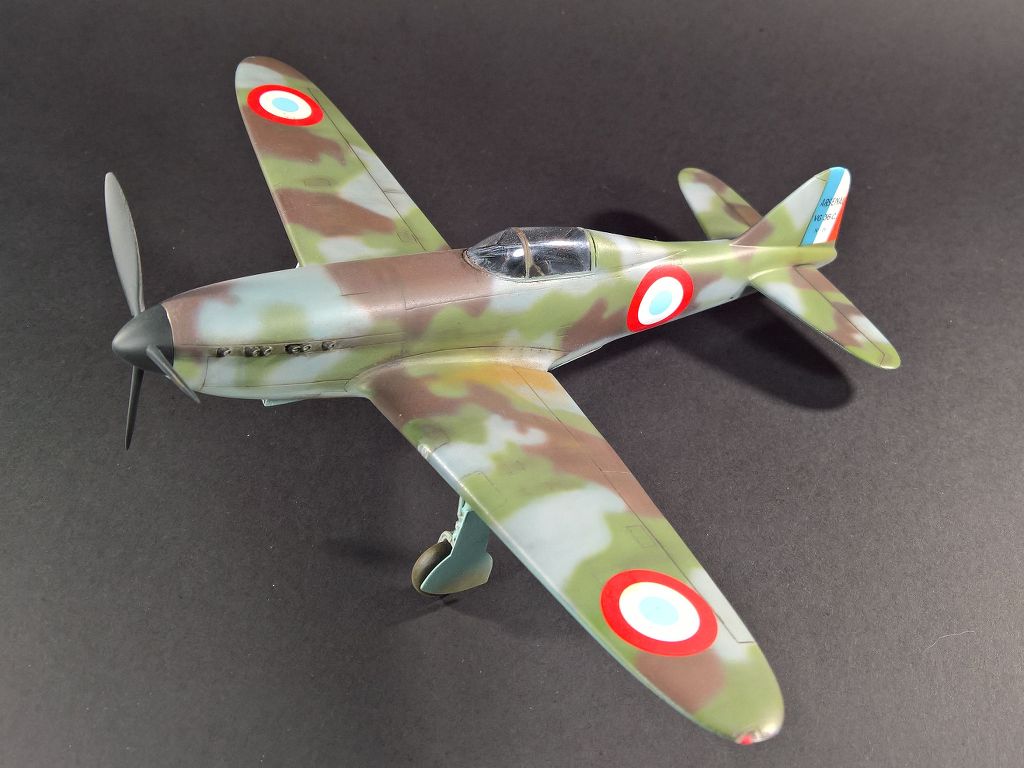
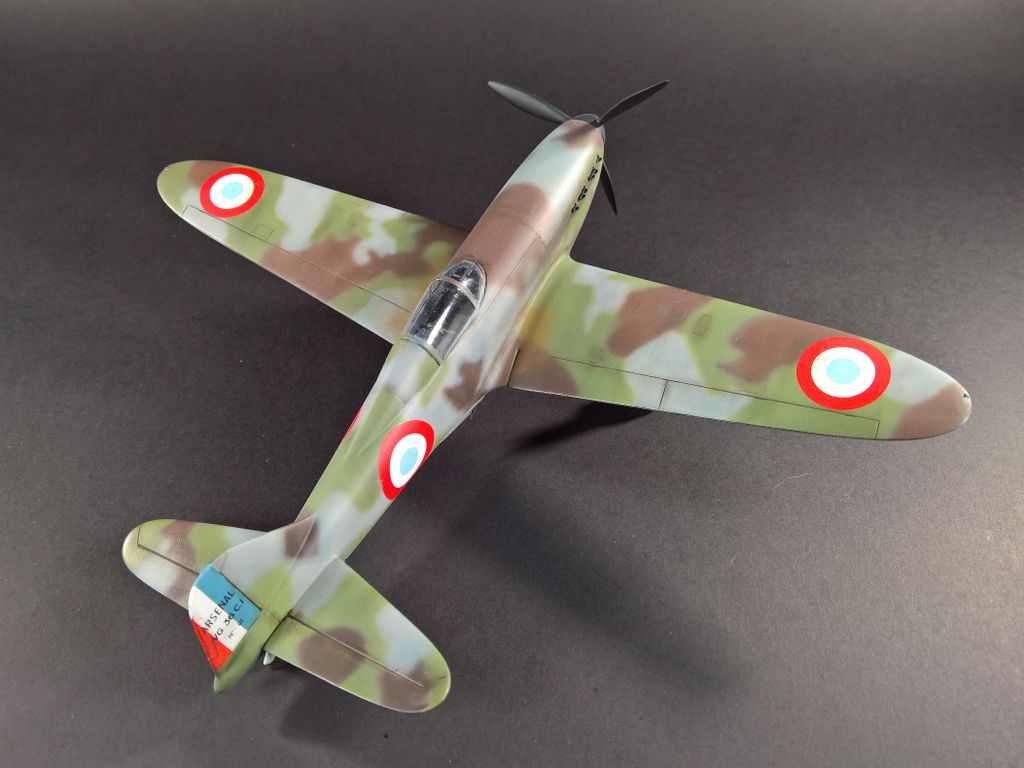
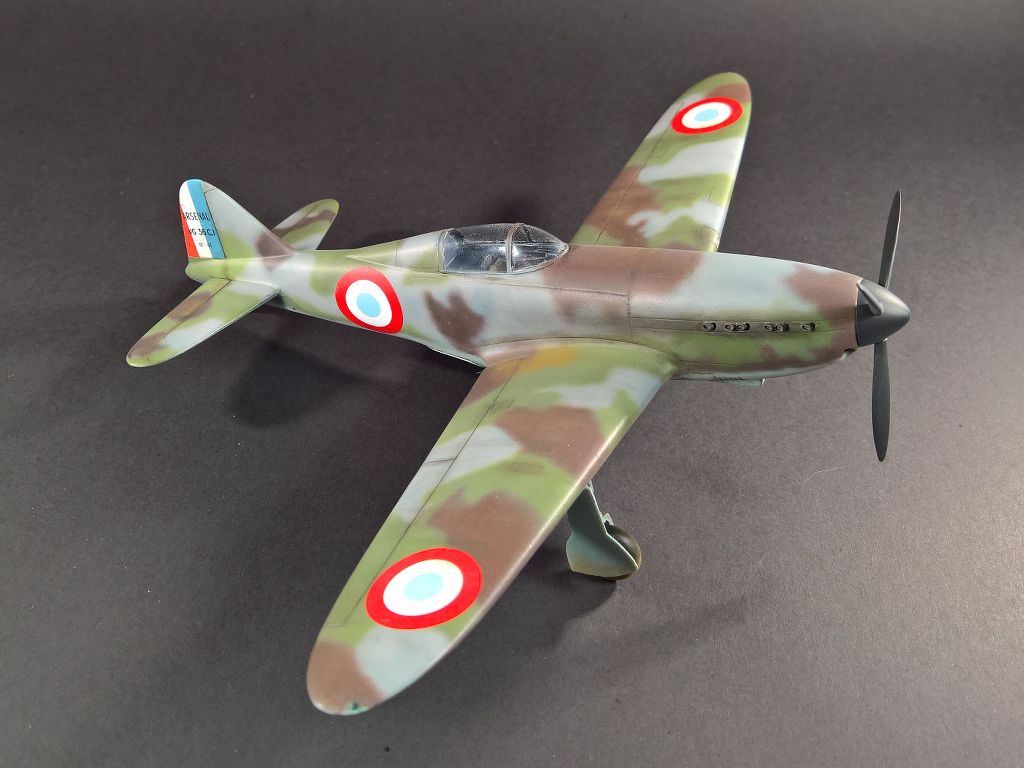
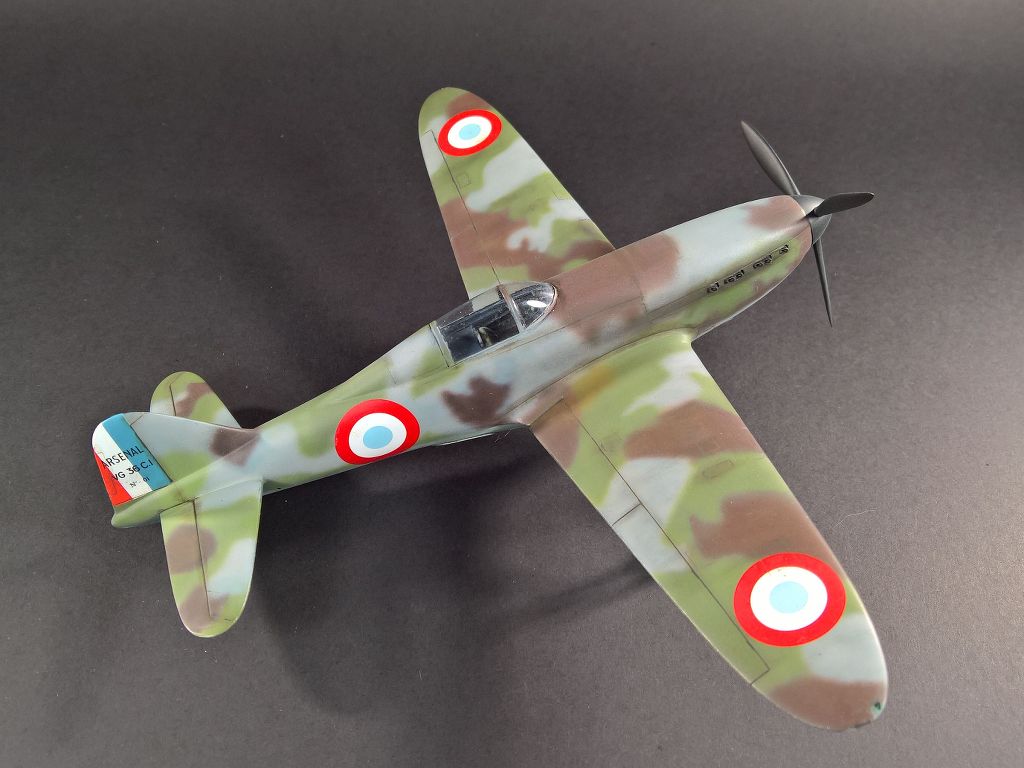
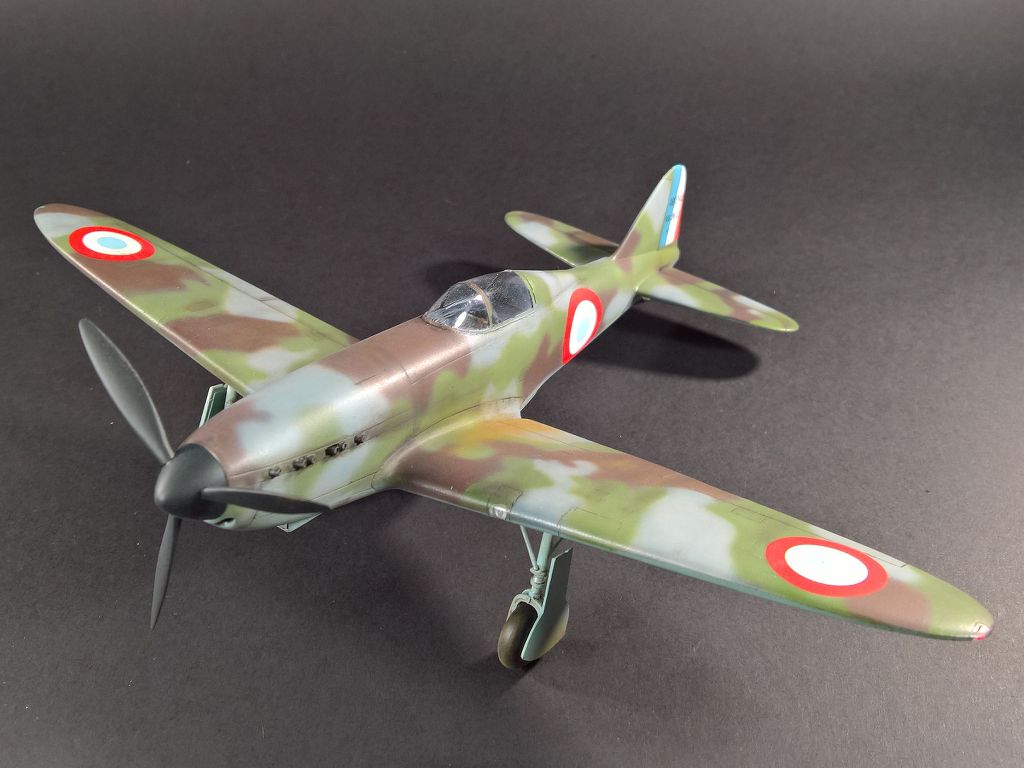
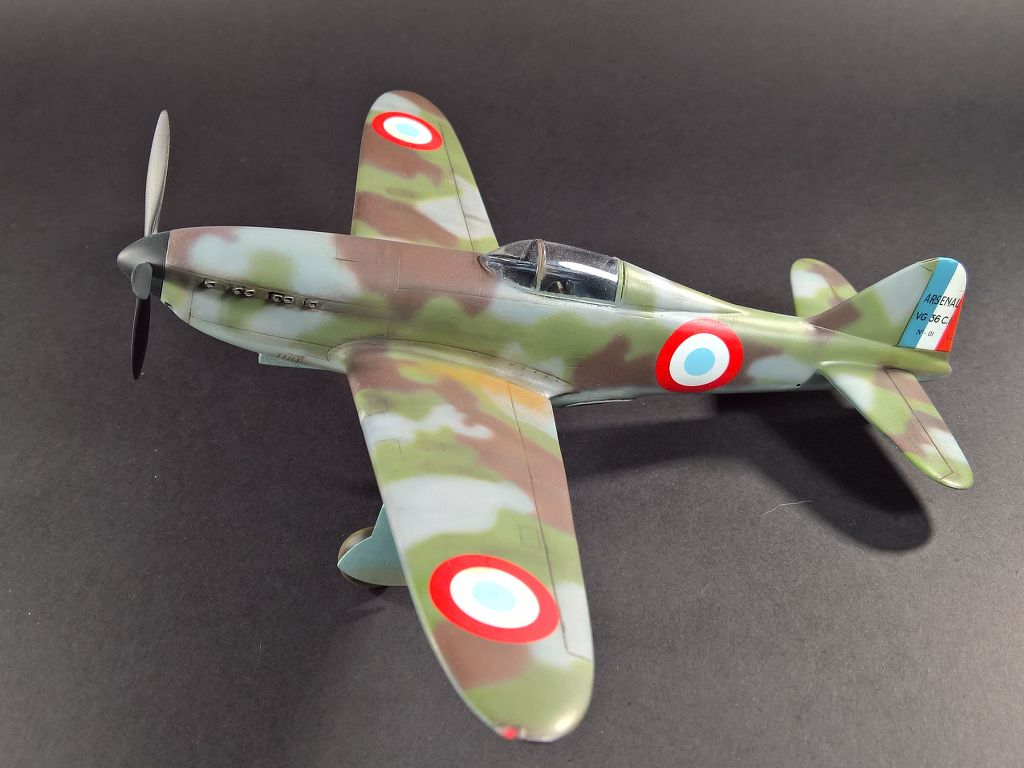
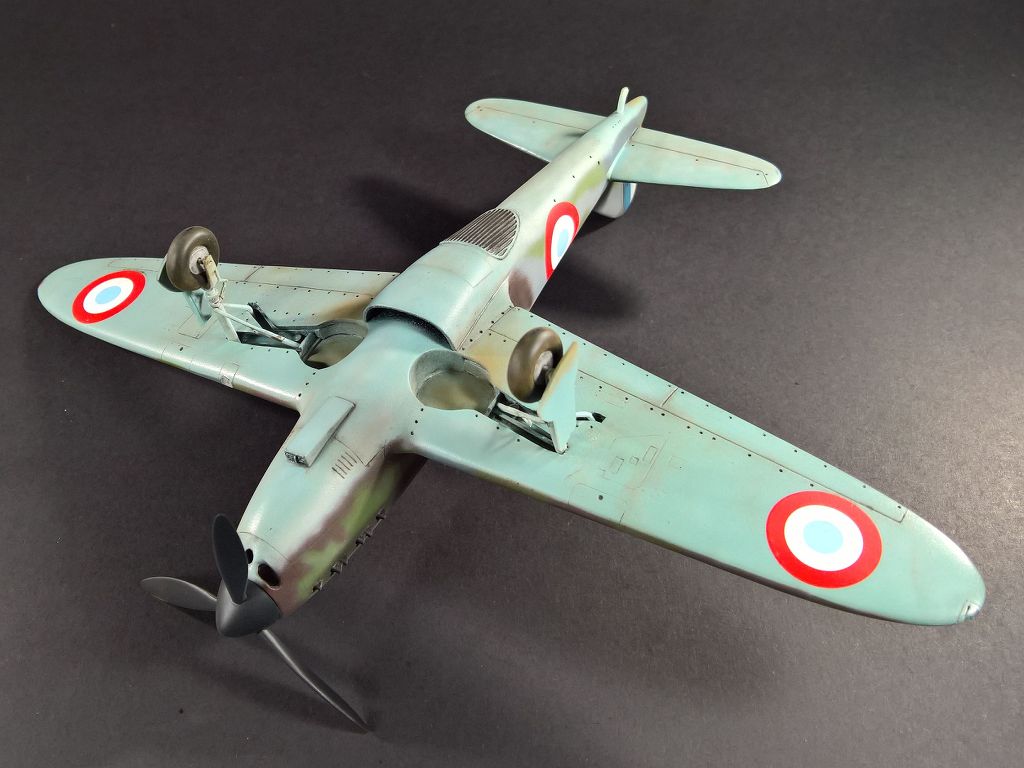
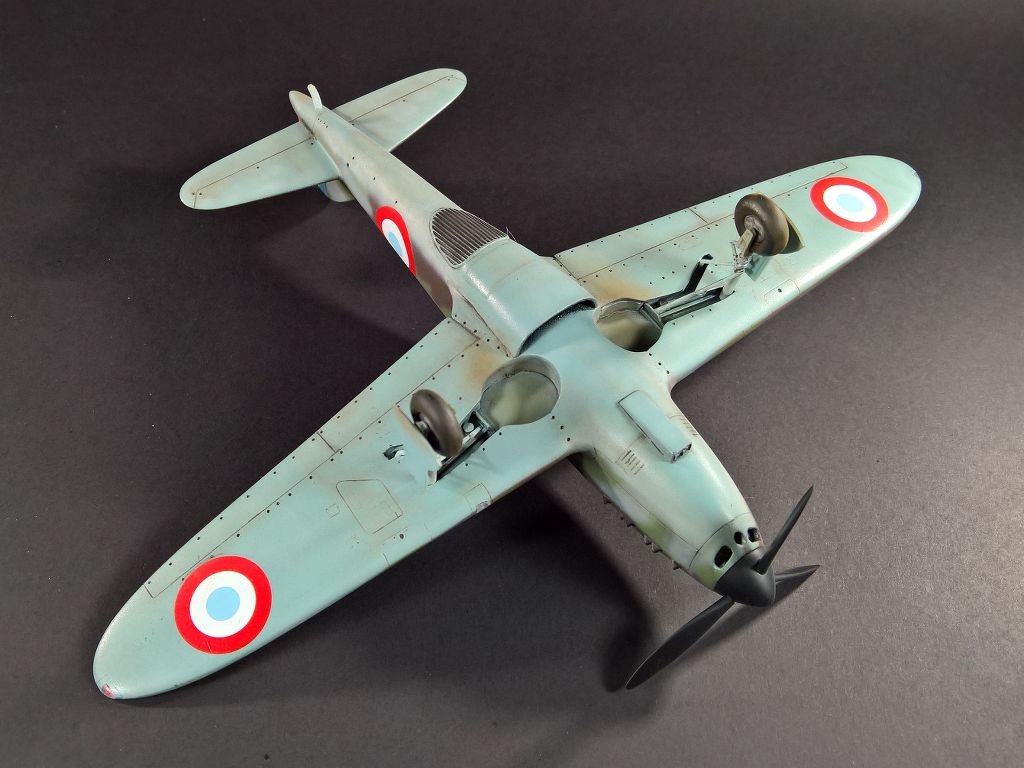
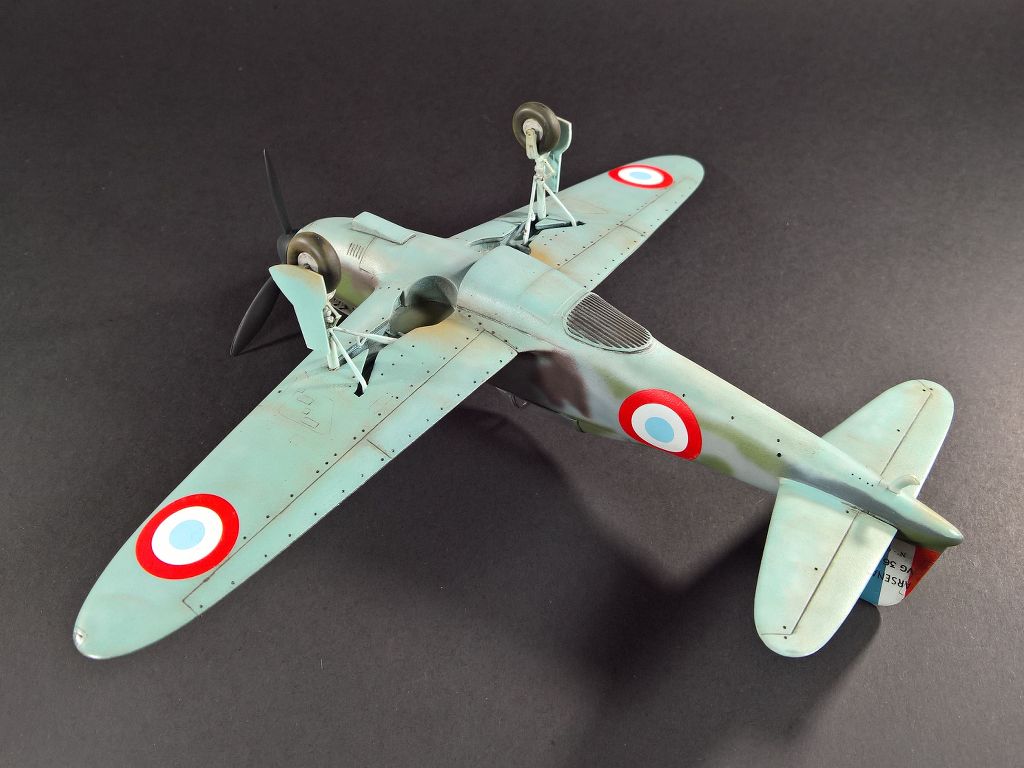
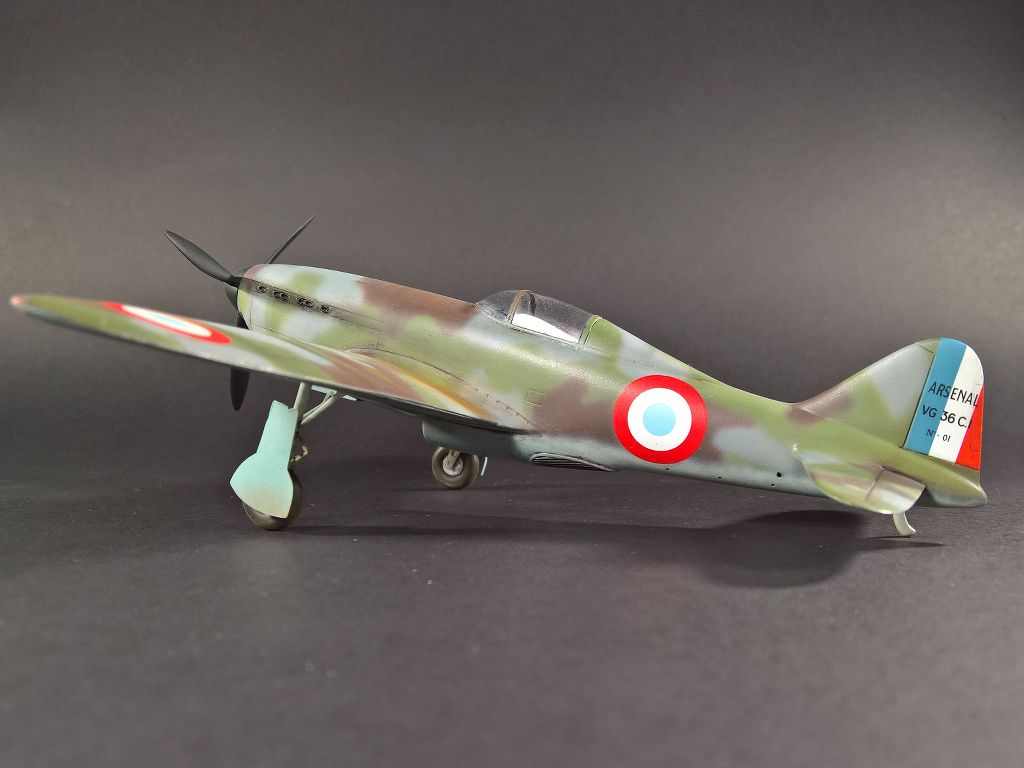
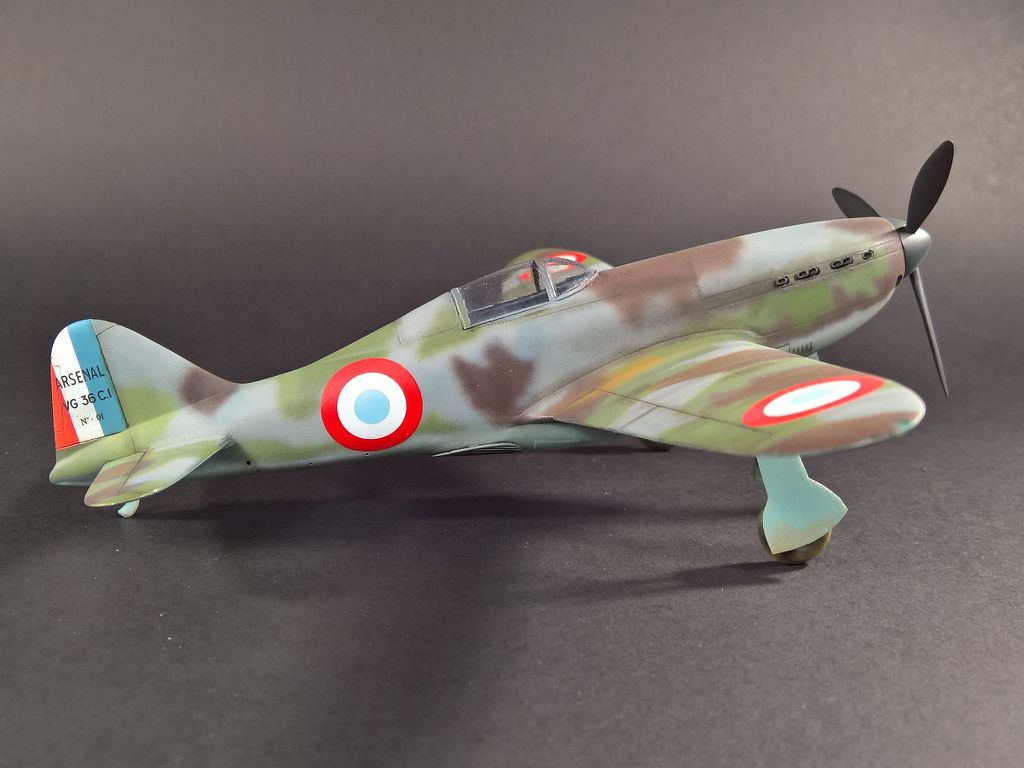
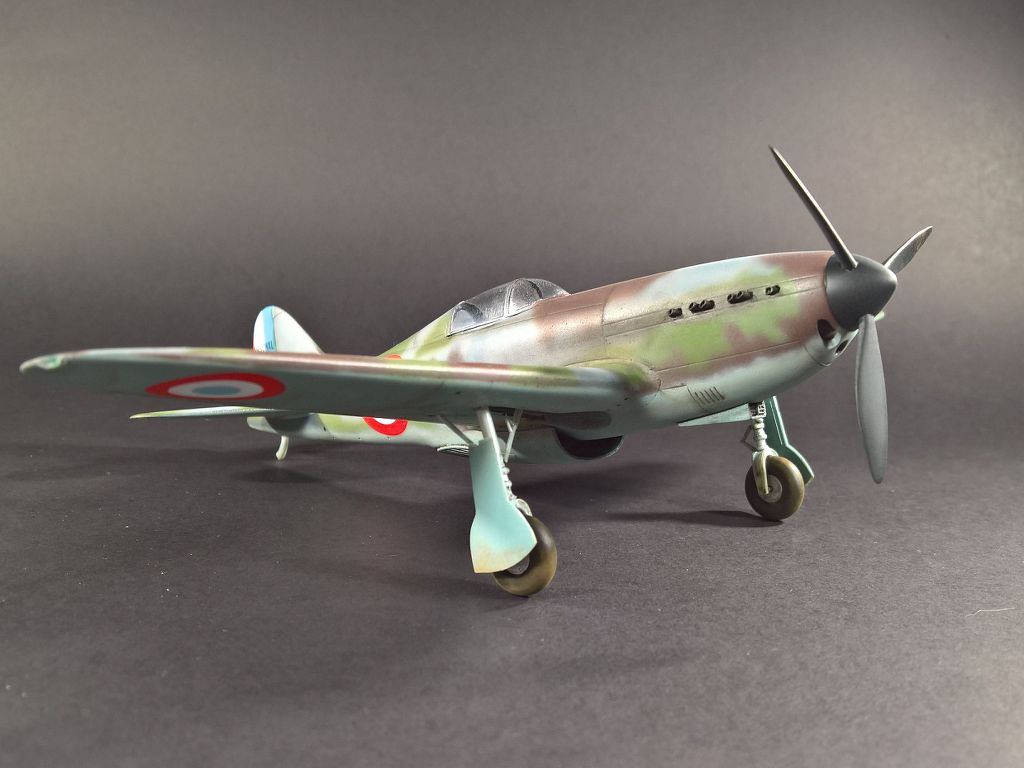
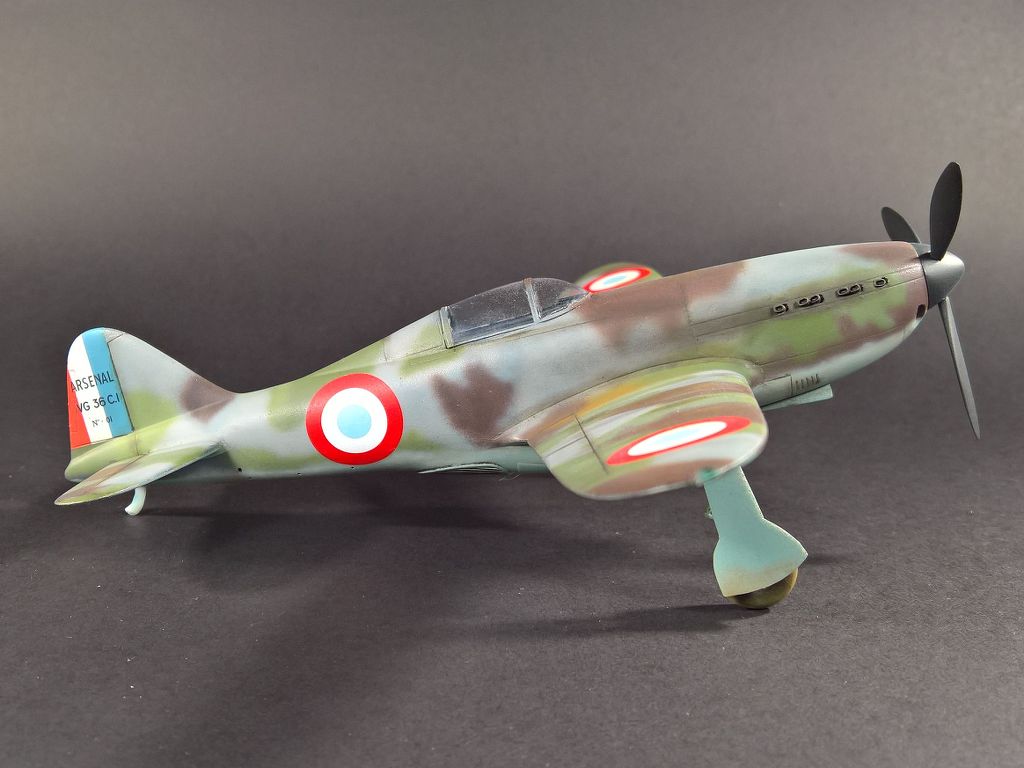
Best regards
Hubert






